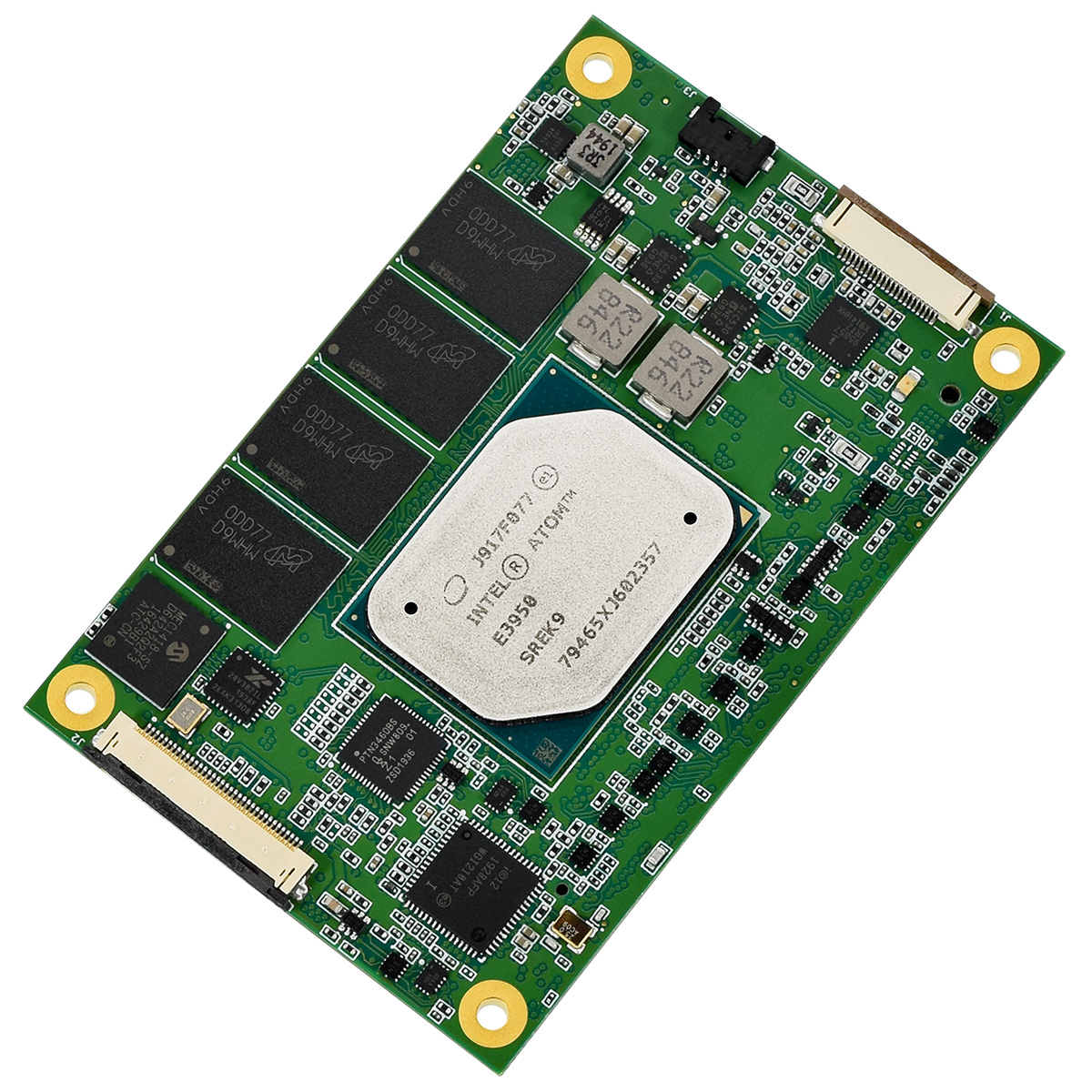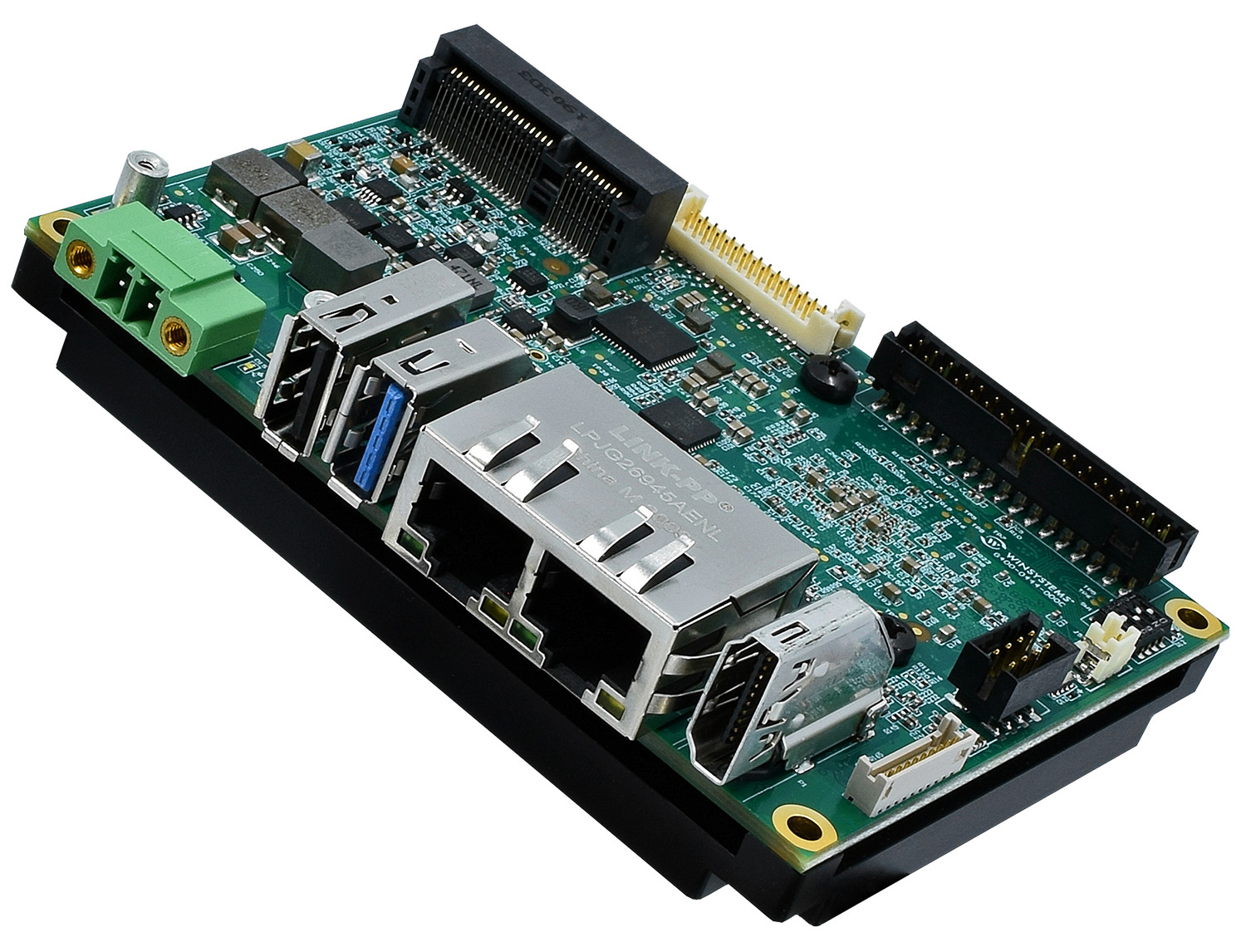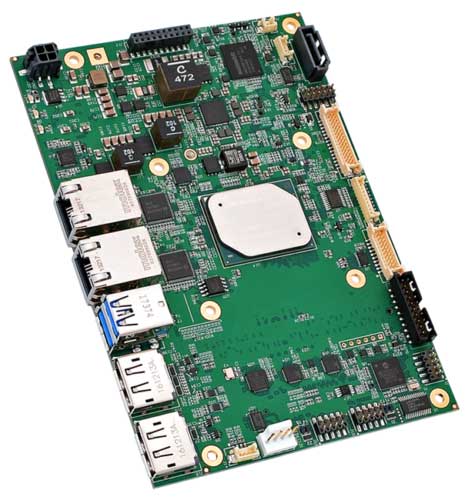
The world’s supply-chain issues affect just about everyone, but the ones that really concern the embedded development community have to do with the chip shortages that we have seen for some time and will experience for the foreseeable future. There’s no real consensus on when things will get back to “normal,” but estimates range from one to three years.
The ICs that are in limited (or no) supply are varied, from complex (and expensive) microprocessors to simple (and inexpensive) analog parts and pretty much everything in between. Unfortunately, the chip shortage has a domino effect all the way down the line, and can severely impact board and system suppliers, including those in the embedded computing space.
There are many reasons for the shortage, and many industry “experts” have weighed in with their opinions. Those opinions include increased demand resulting from COVID lockdowns, to factory shutdowns due to personnel shortages for the same reason. There were also a series of natural disasters at some of the world’s fabs.
That said, our purpose here is to enlighten the board- or system-level engineer on what he can potentially do about it, i.e., what his options are. And unfortunately, there is not a single solution to the problem.
An Engineer’s Options
In most cases, the engineer has a few options during his design process. He can ensure that the products are available much earlier in the design cycle than he normally would. While that’s a strategy that makes sense, product availability is extremely dynamic. “Here today, gone tomorrow” is an unfortunate reality in today’s embedded community.
A second strategy is to make sure there is a second source for your product. While it’s not impossible for both suppliers to have no inventory, it’s obviously less likely.
A third strategy, one that’s more difficult to deliver on, is to redesign your product with the boards that are currently available. While this is a way of ensuring that you can get your embedded system shipped and delivered, it’s far more difficult from an engineering perspective. It will likely require software modifications as well. It also could have a significant impact on the bill of materials.
Finally, an OEM can buy far more product than he actually needs, just to be sure he has the product on hand should there be a shortage. This would be an ill-advised, but potentially necessary tactic. Many board suppliers have slimmed down their offerings to ensure that certain products remain available.
A Supplier You Can Trust
Knowing your options, one of the most important elements is to work with a supplier that you know and trust, one that has a history of delivering products on time, and preferably one that operates completely in the United States. For example, WINSYSTEMS designs and manufactures the majority of its products from its state-of-the-art facility in Grand Prairie, Texas. As a result, there are not likely to be any shipping issues.
From the system integrator’s perspective, the shortage could force them to keep systems alive longer than they should. That means running on outdated equipment, which is never a good option. That would leave the customer open to inefficient equipment, and worse yet, equipment that is not protected from the hacker community.
On the other side of the coin, you can use the chip shortage to your advantage, if you can get your products designed and out the door faster than your competitors. Working with a supplier like WINSYSTEMS is one way to ensure such a phenomenon. For example, the company has a full stock of its COMeT10-3900, ITX-P-C444, and SBC35-427 products.

The COMeT10-3900 is an industrial COM Express Type 10 Mini module designed with an Intel Atom E3900 processor. This low-power industrial module is designed as a processor mezzanine that can be plugged onto a carrier board that contains user-specific I/O requirements. Its long list of features includes up to 8 Gbytes of LPDDR4 system memory, onboard discrete TPM 2.0 hardware security, and a rugged design that operates in the -40ºC to +85ºC temperature range. Expansion is handled through four PCIe lanes, eight USB ports, and Gigabit Ethernet.

The ITX-P-C444 SBC fits the industrial Pico-ITX form factor. It’s based on NXP’s 1.3-GHz i.MX8M applications processor and suits industrial IoT applications requiring high performance in harsh conditions such as digital signage, industrial automation, energy, and building automation. The board’s feature set includes dual Ethernet, industrial I/O, and various expansion options. Storage is handled by up to 32 Gbytes of onboard eMMC or a MicroSD Socket.

Finally, the WINSYSTEMS’ SBC35-427 takes advantage of Intel’s Apollo Lake-I E3900 series microprocessor. This industrial SBC combines off-the-shelf functionality with multiple expansion and configuration options to handle industrial IoT applications. The list of expansion options is a long one: three simultaneous display outputs, two 10/100/1000 Mbit/s Ethernet ports, two USB 3.0 ports, four USB 2.0 ports, and much more.
The bottom line is that the chip shortage is real, and we may be mired in it for some time. But that doesn’t mean you have to stop shipping to your customers.
